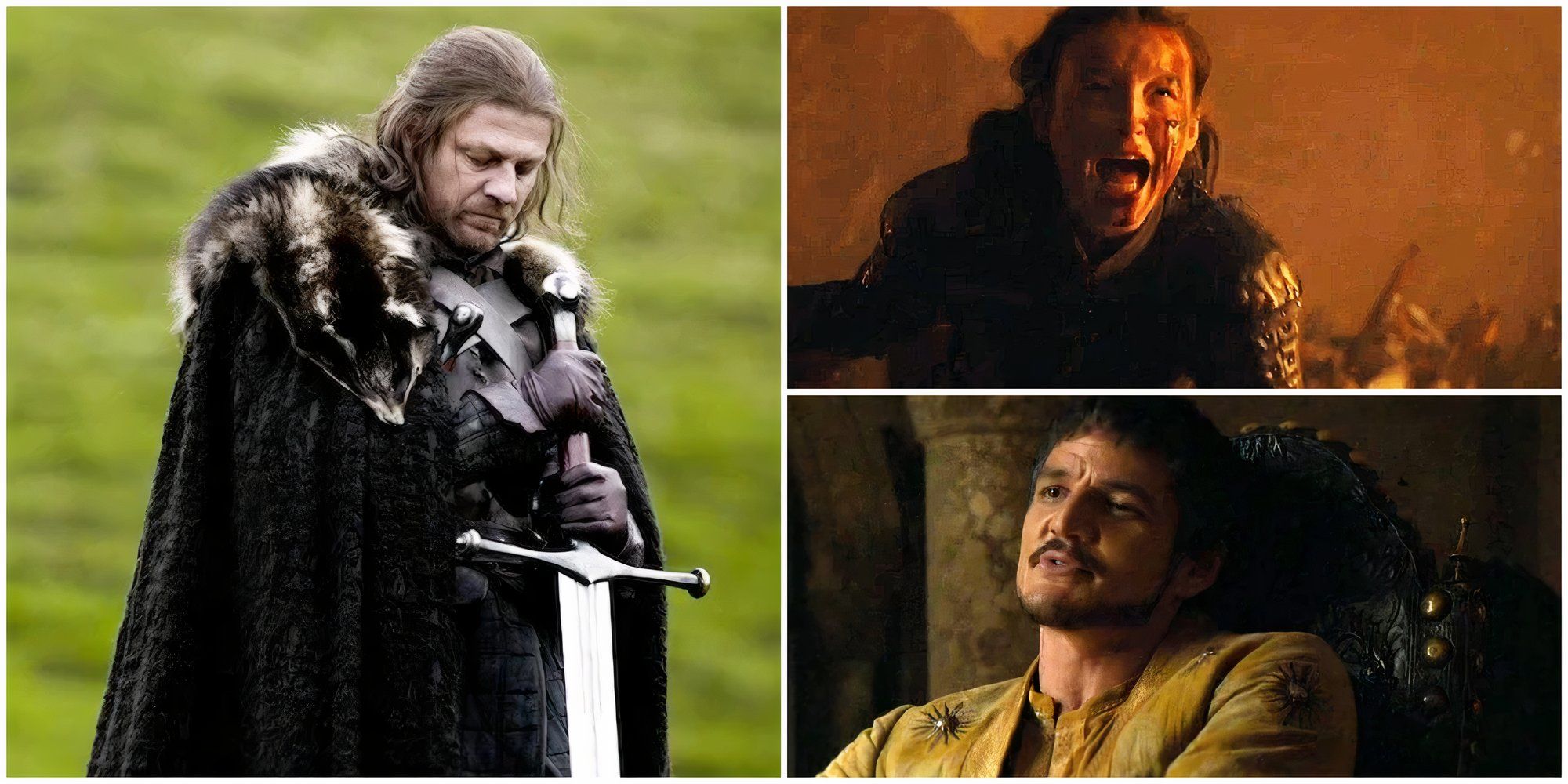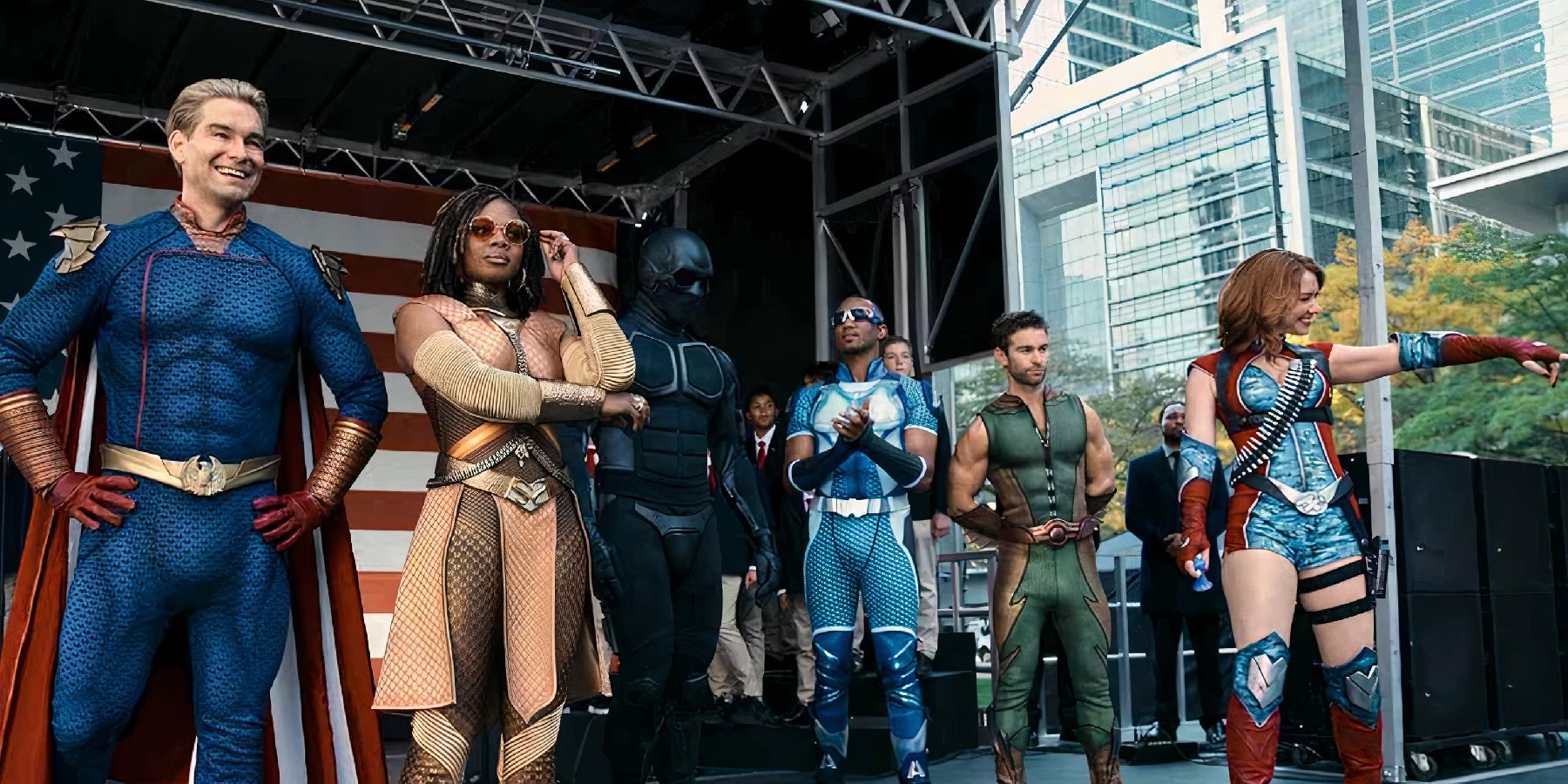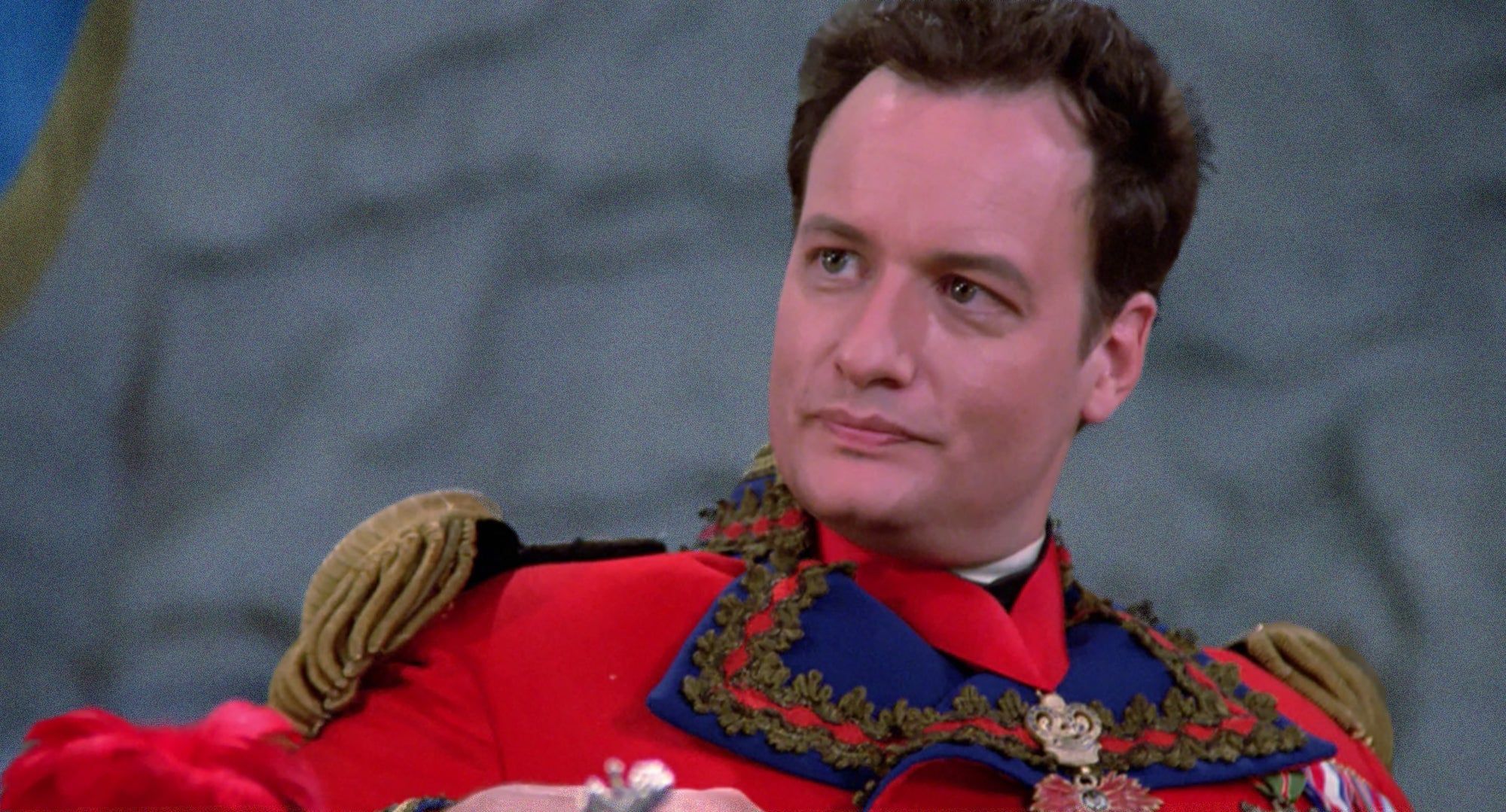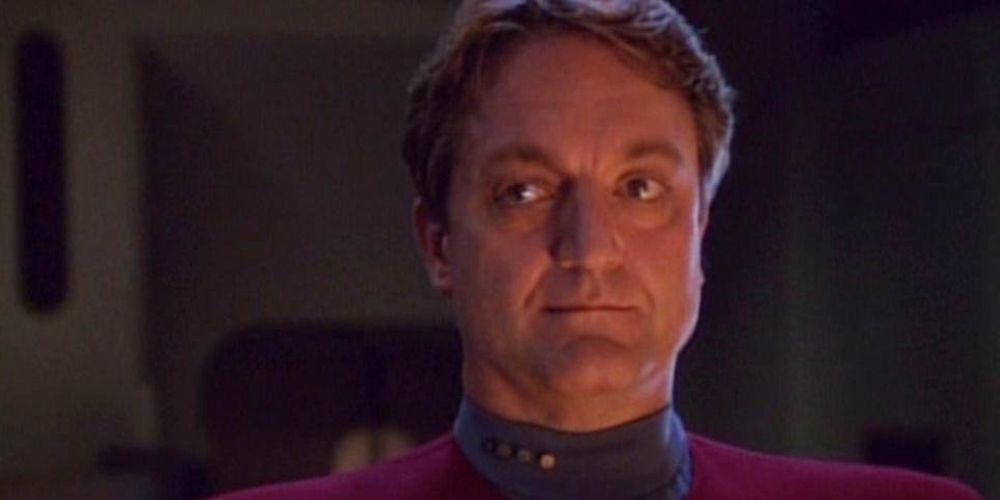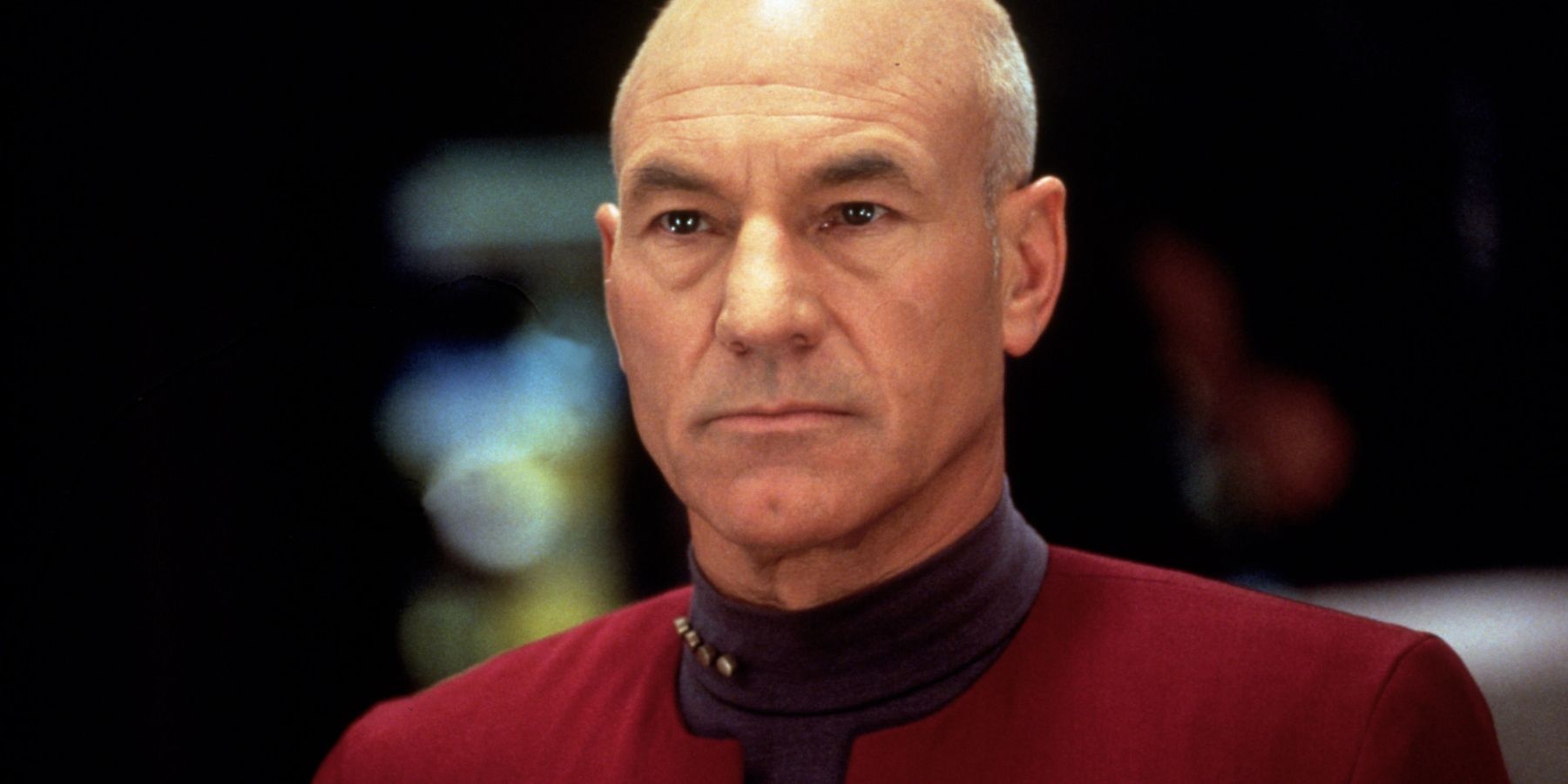The Star Trek universe contains a litany of (literally) otherworldly beings, from battle-hardened Klingons to telepathic Betazoids, all through the various generations of audiences' favorite sci-fi tv show. Of all these fantastical races and cultures masterfully fleshed out by the show's creators, one of the most memorable aboard the starships has to be the Q. This being makes an appearance in the very first episode of The Next Generation, as well as Voyager, Deep Space 9, and Lower Decks, and is excitingly featured in the latest Picard season 2 trailer.
To understand the Q, it’s important to get confusing terminology out of the way. The Q are a godlike race of highly advanced beings with power over time, space, and the fabric of reality itself, with the ability to alter it to their whim. They exist within the Q continuum, an extradimensional plane of existence. Q is also, confusingly, the name of each individual being within the Q continuum, the most notable Q being played by the enigmatically playful John de Lancie, but other actors have played other Q's over the course of the franchise. The reasoning behind this is that they are beings of such power they have transcended physical form and language. They exist as pure energy in a form unrecognizable or even comprehensible by less advanced beings such as humans — they are simply Q.
De Lacie’s Q is the most recognizable throughout Star Trek, but he is by no means the only Q to appear in the shows. More interestingly, these other Q’s are nothing like the Q most shown to audiences throughout old and new series. De Lacie's character is shown as a trickster intent on playing with, sometime tormenting, other races. Picard himself best sums up de Lancie’s Q character by saying "He's devious and amoral and unreliable and irresponsible and… and definitely not to be trusted." in the aptly named episode ‘Qpid’.
While audiences are aware of other Q’s existing within the Q Continuum, the first time the show really fleshes out another Q, and gives them a character (with one Amanda Rogers named exception, to be discussed later) is during the Voyager episode ‘Death Wish.’ In this episode, Captain Janeway encounters another Q which, thankfully, has adopted the name Quinn. Quinn has been imprisoned by the Continuum for attempting suicide, having grown bored with eternal life. Quinn’s Q shows a different side the Q than that which viewers have grown to know throughout The Next Generation: a malevolent but fair tormenter of the human race, treating them like a ‘pet,’ as Data puts it. As opposed to this representation, Quinn has been subtly (a word apparently not known to de Lancie’s Q) influencing the universe, setting things in motion from the background to help mortals. He is behind such actions as shaking the tree that held the apple above Newton's head, and saving William Rikers’s ancestor to ensure his birth. He is much more benevolent, a trait more associated with the Q race.
While a much better representation of the Q race, Quinn also represents the biggest problem faced by the Q Continuum, and helps to explain the actions of de Lancie’s Q. When everything is known, everything explored, and there is nothing more to experience, what is the point in existing? Quinn explains to Janeway that the Q don’t even talk anymore, as everything has already been discussed. The Q that audiences know is well aware of this deep boredom, and thus tries everything he can to make things more interesting. He does this by toying with Picard and his crew, fabricating adventures simply as something to do to pass the time. His behavior is that of a bored child, throwing around his toys to get some kind of reaction, or even to ensure something happens.
While de Lancie’s Q often broke and bent the laws set by the Q continuum, he and Quinn are not the Q’s who most egregiously broke the Q Continuum status quo. At some point two Q’s, potentially bored senseless by immortality, left the continuum and assumed human form. Together they had a child, Amanda Rogers — but shortly after her birth, they were executed by the other Q’s, leaving Amanda an orphan. She grew up with her adoptive parents as a human, unaware of her Q capabilities.
Amanda is not the only child of a Q, as de Lancie’s Q has his own son during the events of Voyager. As expected this young Q, the first true Q (as the continuum counts Amanda as impure) grows up to be a spoiled, petulant child, with no accountability for his actions. At a loss, his father gets Janeway to help raise him, hoping she could teach him some good old fashioned Starfleet morals, but to no avail. After various trials and tribulations, the Q continuum forces de Lancie’s Q to eternally guard, observe, and accompany the boy to ensure his proper behavior for the rest of eternity. This brings de Lancie’s character full circle, from a rebellious Q himself, to a parent responsible for the actions of his son.
With the second series of Picard coming soon, audiences are going to see John de Lancie reprise his role as Q, seemingly back to his old nefarious ways. Not only that, but that the Q are going to be a potentially prominent part of the season, and it will be interesting to see where show takes them. With the Q only briefly being mentioned in Star Trek Discovery, nothing has been seen of them officially since this final encounter in Voyager. Audiences will have to wait and see what Q has in store for Captain Jean-Luc.

